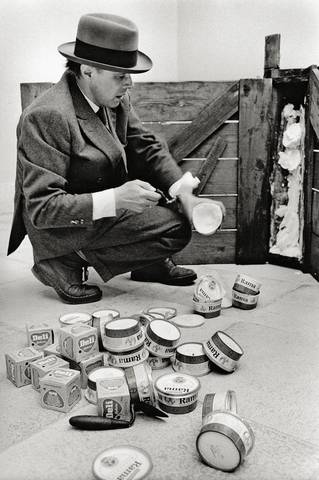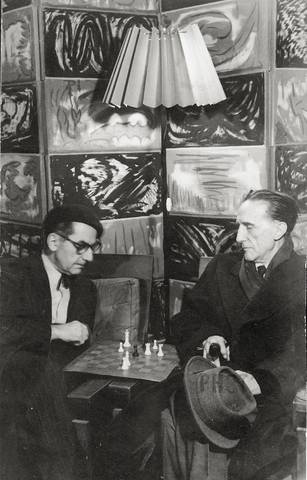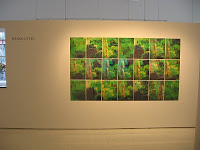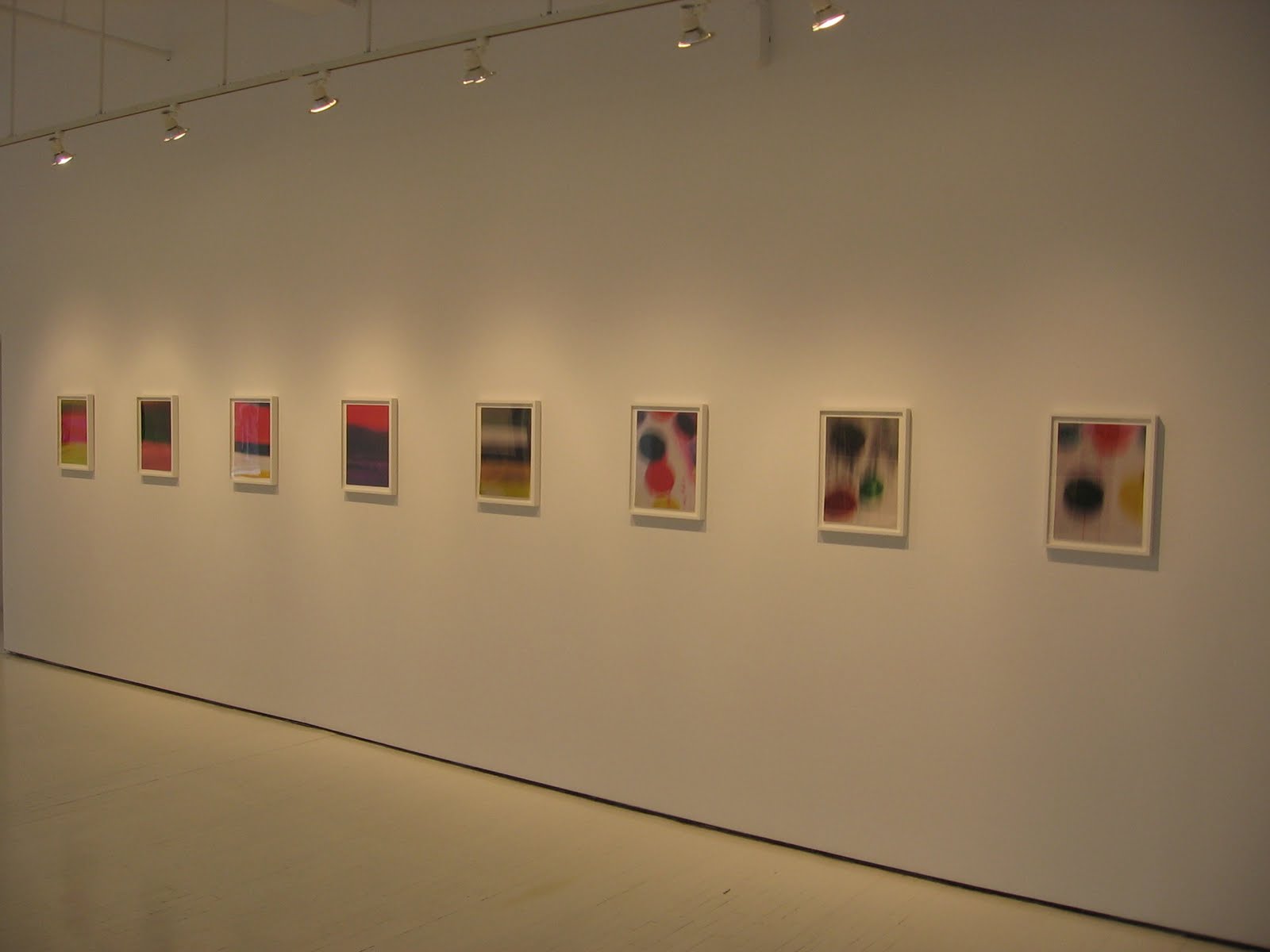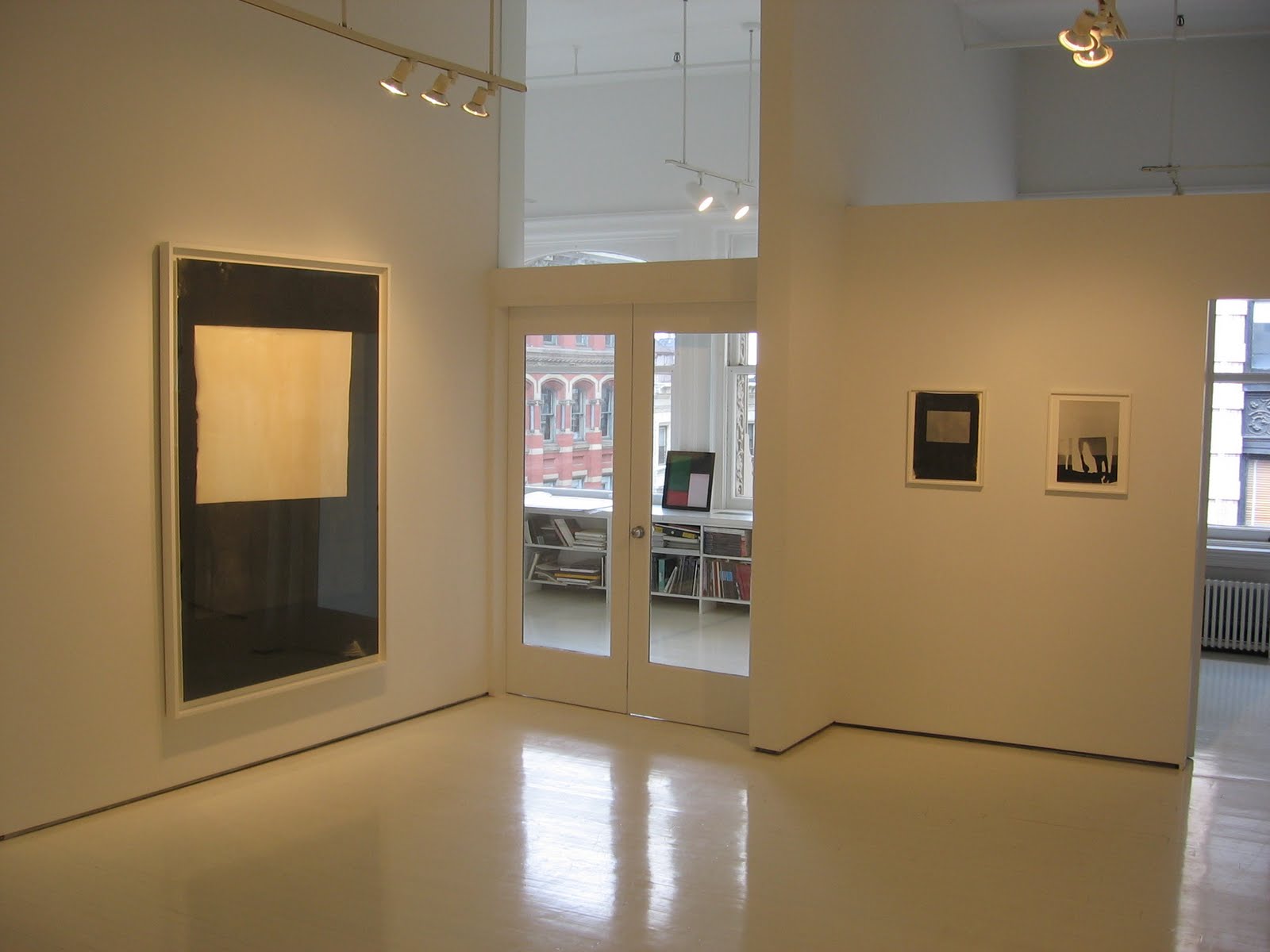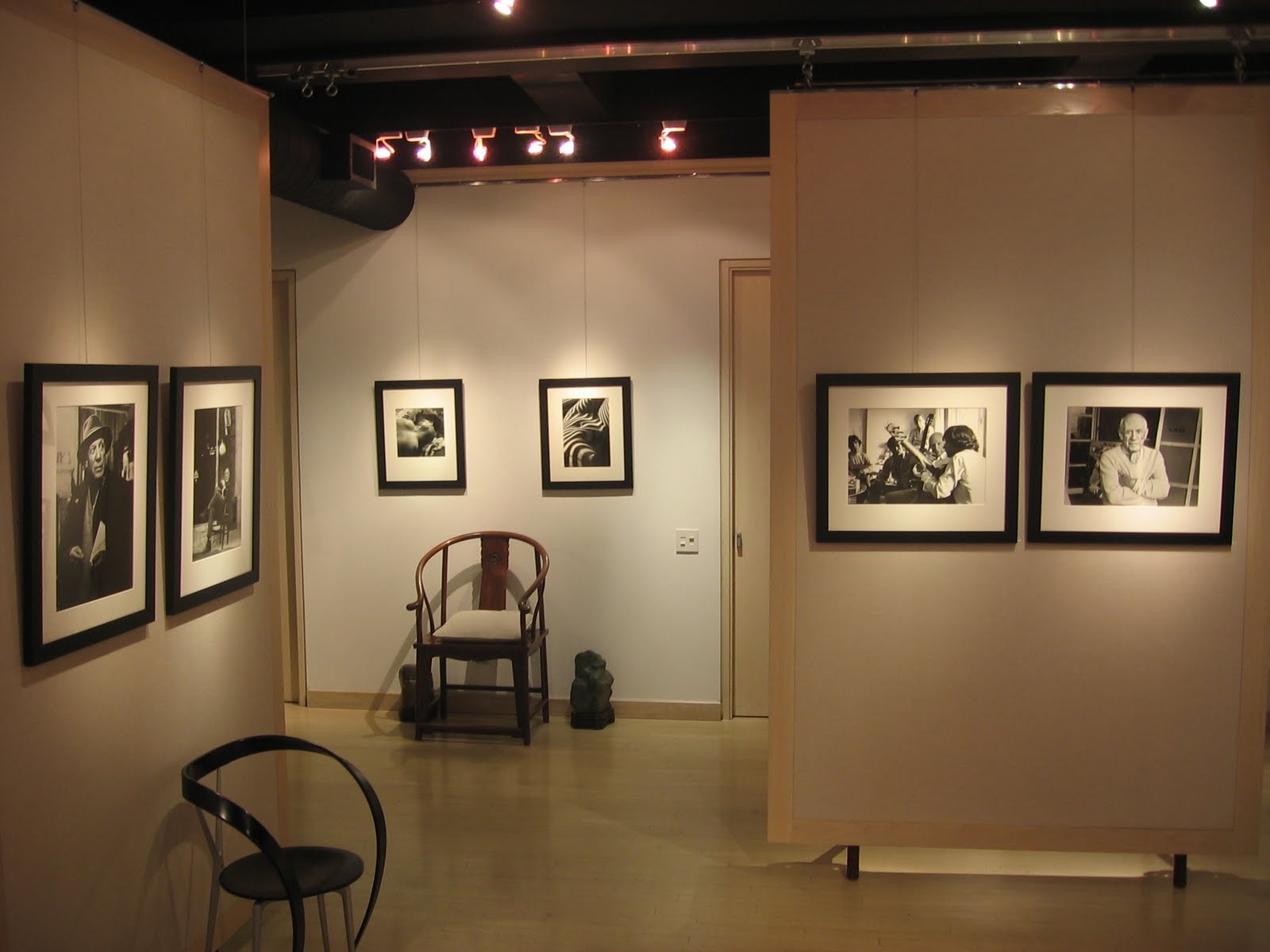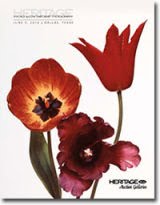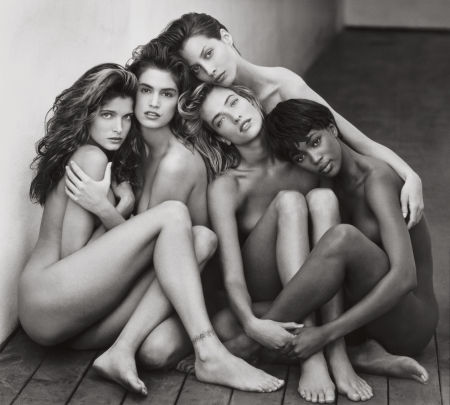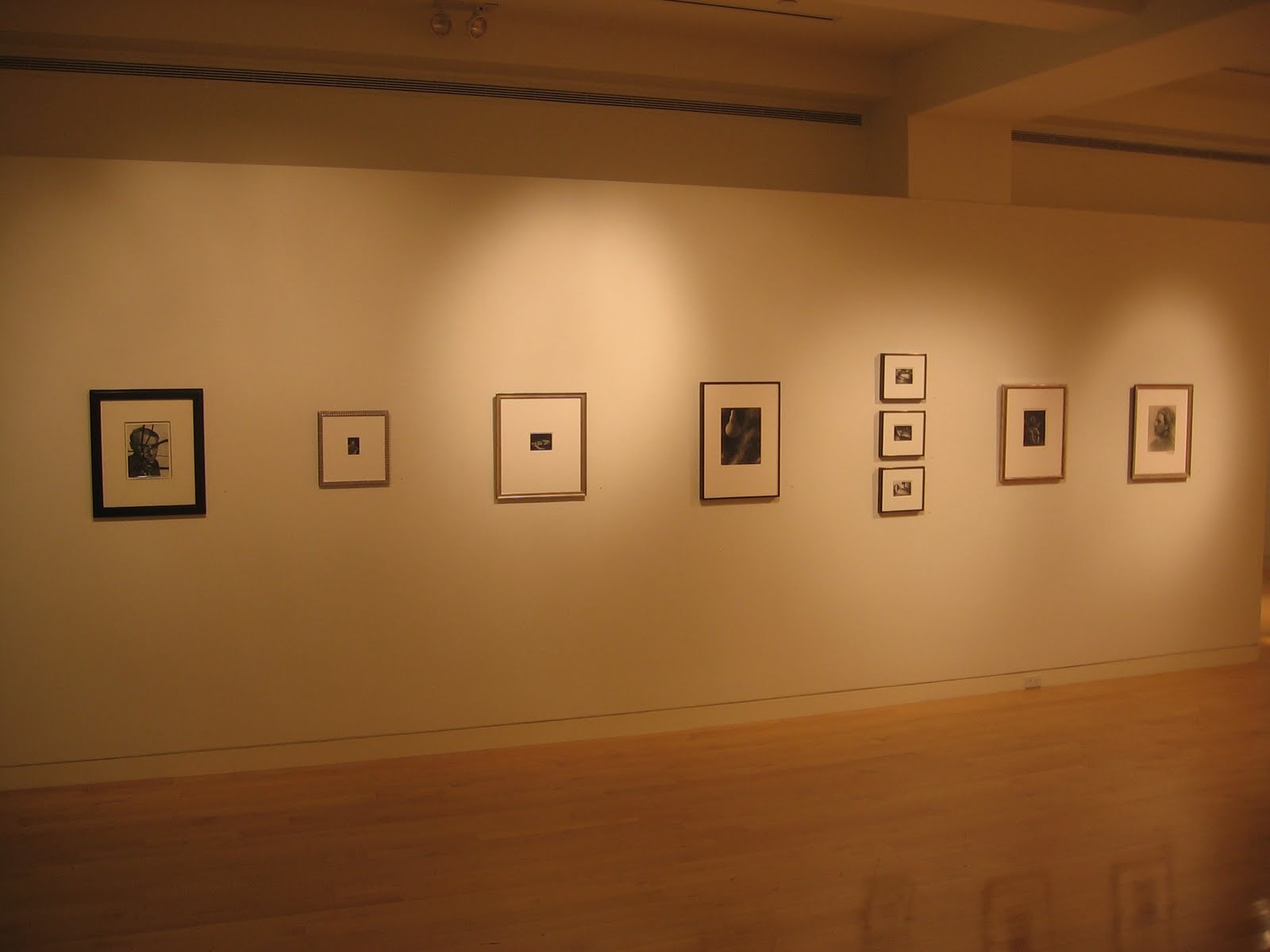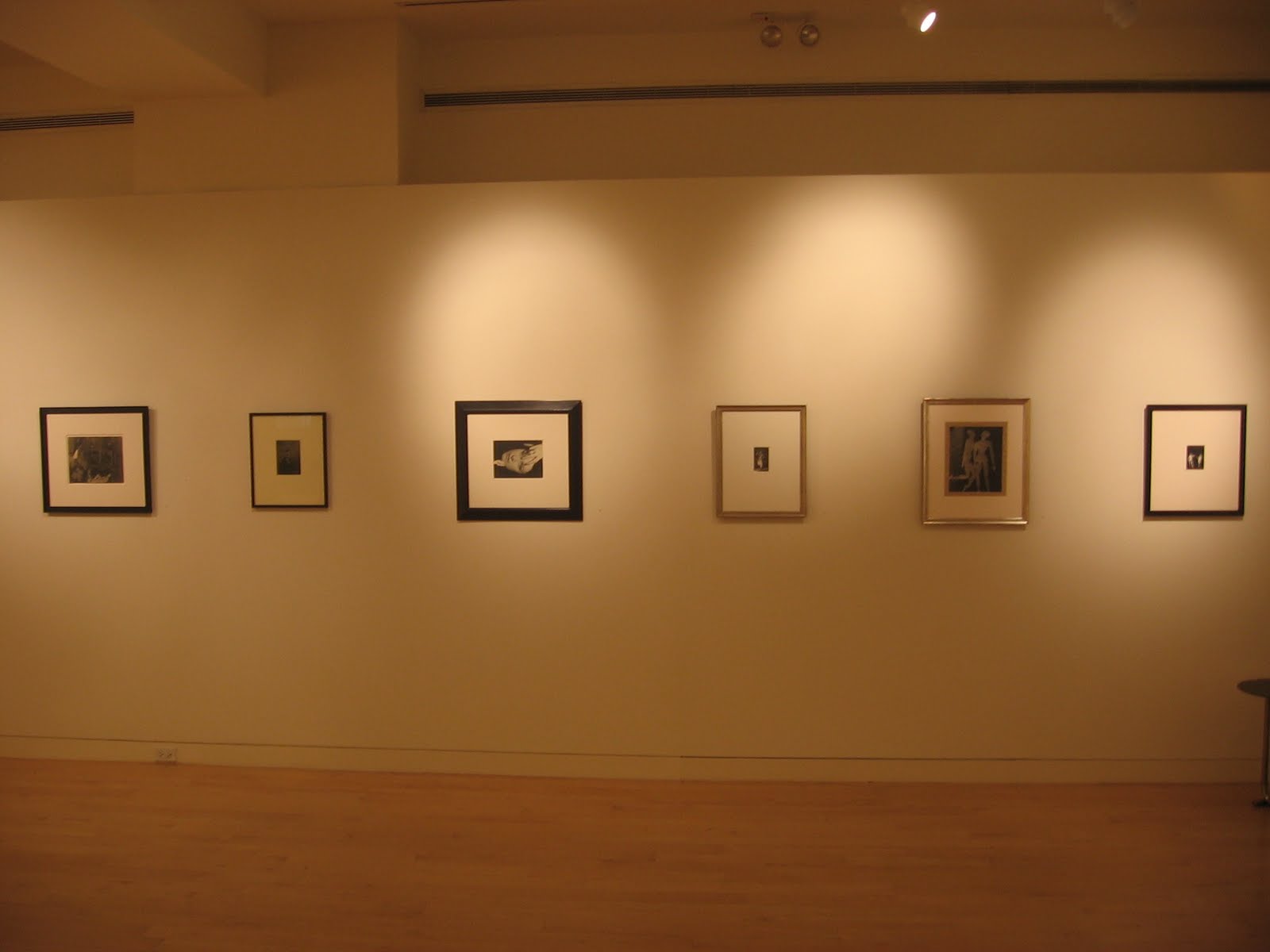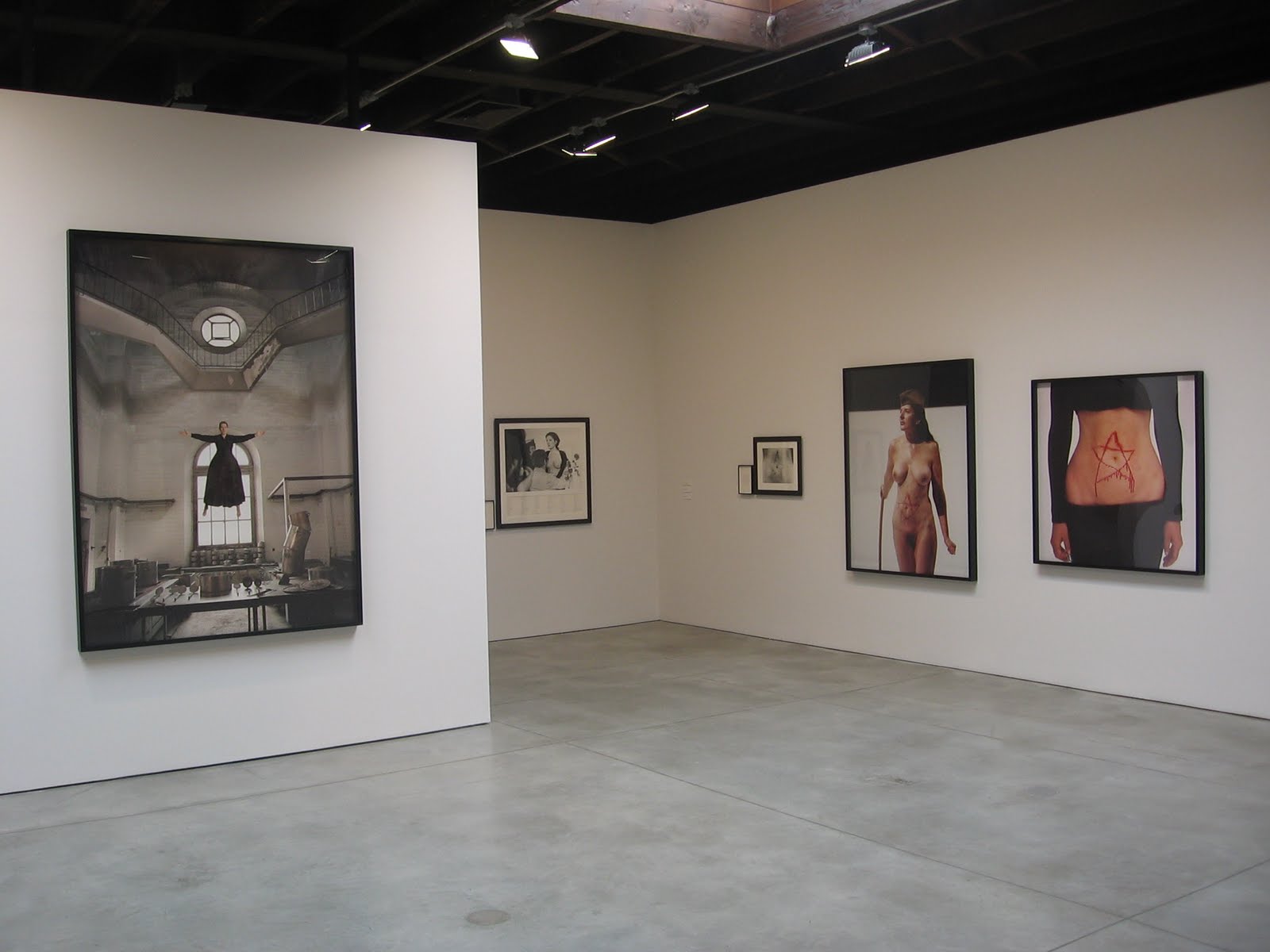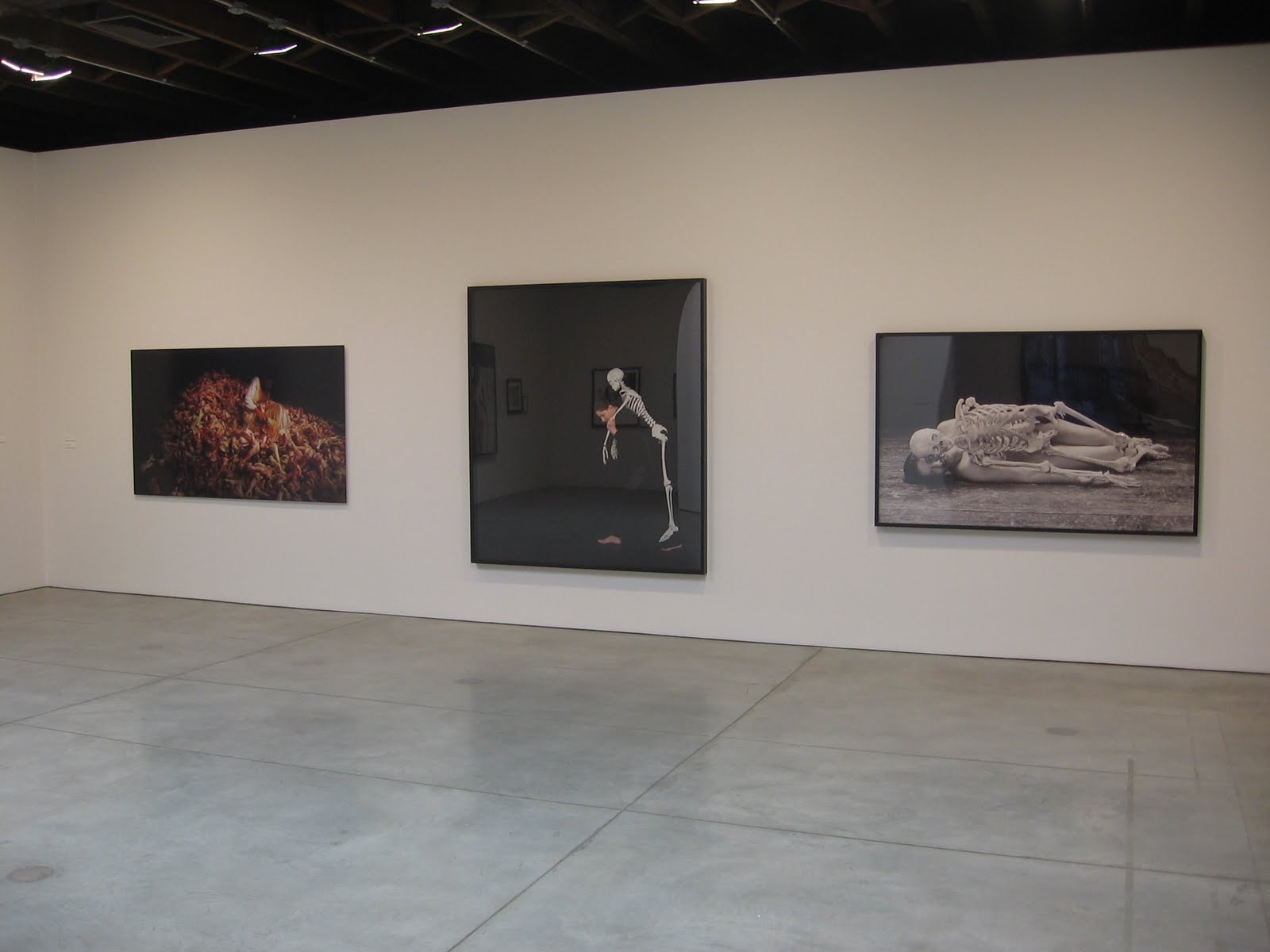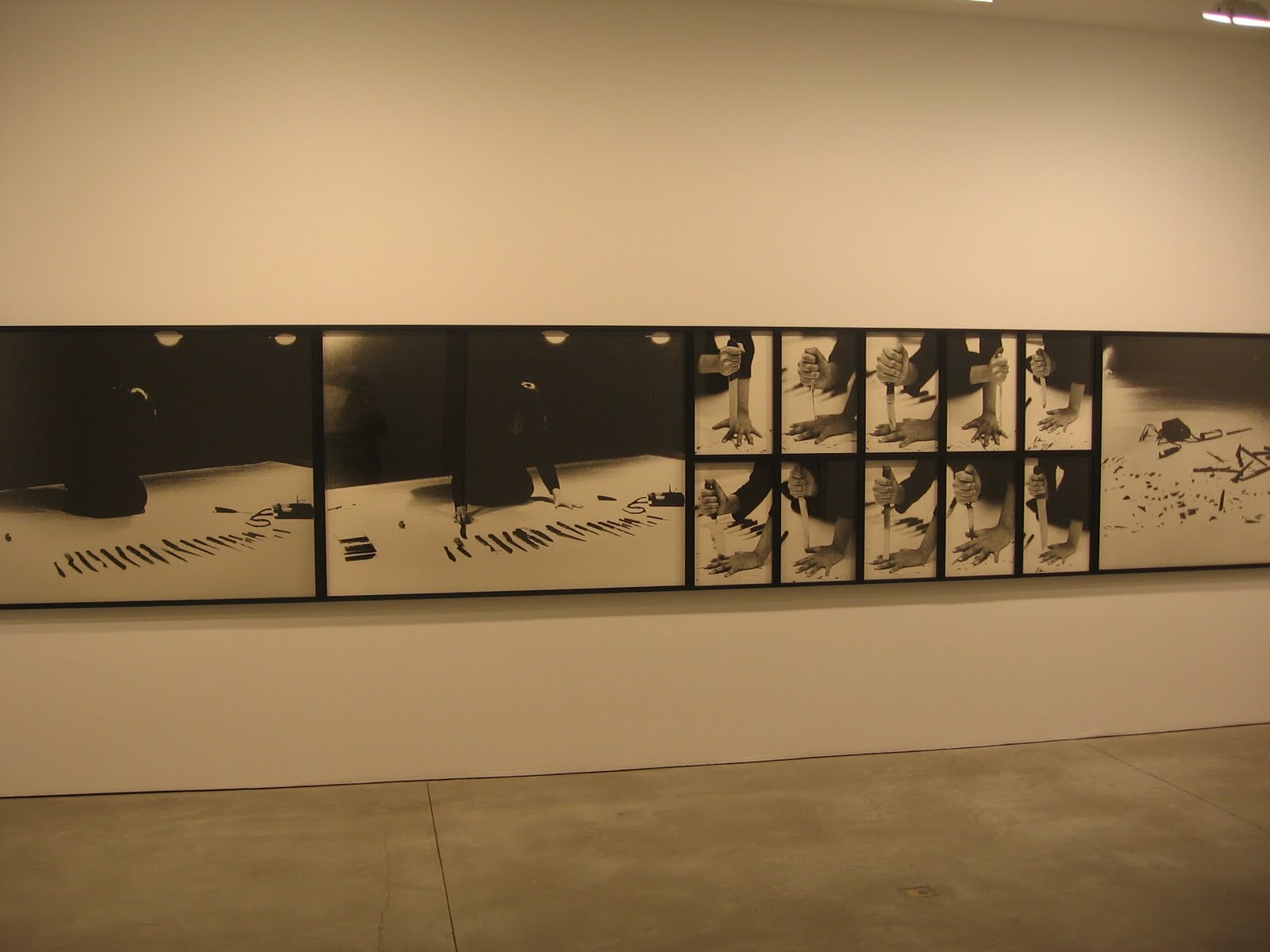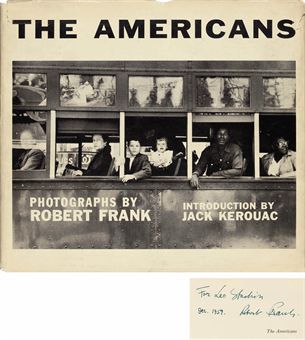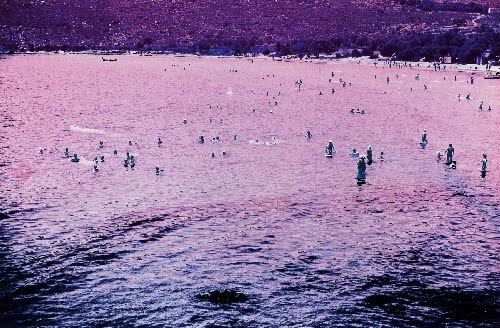 The results from the various sales at Kunsthaus Lempertz in Cologne (one photography, one single owner collection, and one contemporary art including photographs) would have been entirely uneventful had it not been for the photographic works in the Vogel Collection sale (most importantly those by the Bechers, Sigmar Polke, and Richard Hamilton), whose proceeds carried the overall outcome up much higher. While the overall buy-in rate across all of the sales reached almost 50%, the Total Sale Proceeds covered the Total High Estimate by a meaningful margin (Lempertz does not provide an estimate range in most cases, just a single estimate number, so this figure is used as the High estimate in our calculations).
The results from the various sales at Kunsthaus Lempertz in Cologne (one photography, one single owner collection, and one contemporary art including photographs) would have been entirely uneventful had it not been for the photographic works in the Vogel Collection sale (most importantly those by the Bechers, Sigmar Polke, and Richard Hamilton), whose proceeds carried the overall outcome up much higher. While the overall buy-in rate across all of the sales reached almost 50%, the Total Sale Proceeds covered the Total High Estimate by a meaningful margin (Lempertz does not provide an estimate range in most cases, just a single estimate number, so this figure is used as the High estimate in our calculations).
The summary statistics are below (all results include the buyer’s premium):
Total Lots: 264
Pre Sale High Total Estimate: 883700€
Total Lots Sold: 136
Total Lots Bought In: 128
Buy In %: 48.48%
Total Sale Proceeds: 1077900€
Here is the breakdown (using the Low, Mid, and High definitions from the preview post, here):
Low Total Lots: 233
Low Sold: 112
Low Bought In: 121
Buy In %: 51.93%
Total Low Estimate: 398200€
Total Low Sold: 322860€
Mid Total Lots: 30
Mid Sold: 24
Mid Bought In: 6
Buy In %: 20.00%
Total Mid Estimate: 425500€
Total Mid Sold: 755040€
High Total Lots: 1
High Sold: 0
High Bought In: 1
Buy In %: 100.00%
Total High Estimate: 60000€
Total High Sold: 0€
The top lot by High estimate was lot 951, Andy Warhol, Untitled (The Dirty Half Dozen), 1969, at 50000-60000€; it did not sell. The top outcome was lot 1131, Sigmar Polke, Ohne Titel (Aus Der Serie: Meissenkanne), 1968, at 91200€.
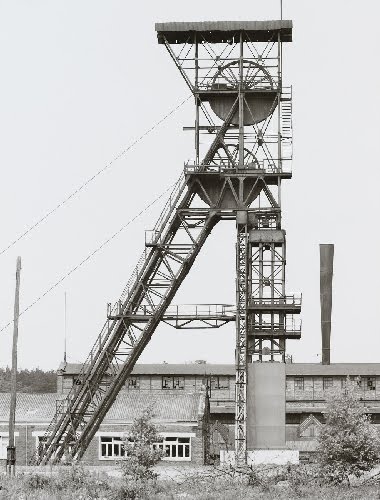 92.42% of the lots that sold had proceeds in or above the estimate. There were a total of 24 surprises across the three sales (defined as having proceeds of at least double the high estimate):
92.42% of the lots that sold had proceeds in or above the estimate. There were a total of 24 surprises across the three sales (defined as having proceeds of at least double the high estimate):
Lot 2, D.F. Metcalfe, Ohne Title (Südpazifik), c1870, at 1440€
Lot 25, Heinrich Kühn, Lotte Kühn, 1906, at 15000€
Lot 27, Heinrich Kühn, Hans im Gras, 1906, at 8400€
Lot 38, Albert Renger–Patzsch, Buchenwald im November, 1954, at 5040€
Lot 75, Man Ray, Les Larmes, 1933/1990, at 7080€
Lot 76, Man Ray, Die Marchesa Casati, 1935, at 21000€
Lot 120, Lotte Laska, Köln Hauptbahnhof, 1960, at 1200€
Lot 168, Julius Shulman, House Edgar Kaufman, Colorado Desert, Palm Springs, CA, 1964, at 2640€
Lot 173, Thomas Lüttge, Gropiusbau, Berlin, 1984, at 1080€
Lot 180, Jan Saudek, History of Drinking in Czechoslovakia, 1990, at 2400€
Lot 186, Miroslav Tichy, Ohne Titel, 1950-1980, at 5760€
Lot 195, Hiroshi Sugimoto, Pacific Ocean, Iwate (#302, Aus: Time Exposed), 1986, at 900€
Lot 1010, Bernd & Hilla Becher, Zeche Bonifacius, Essen, 1981-1982, at 81600€
Lot 1011, Bernd & Hilla Becher, Siege La Houve No. 1, Creutzwald, Lorraine, 1967-1974, at 57600€ (image at right, via Lempertz)
Lot 1012, Bernd & Hilla Becher, Siege Cheratte, Puits No.3 , Liege, 1967-1971, at 48000€
Lot 1013, Bernd & Hilla Becher, Grube Camphausen–Franziiska, Fischbach, Saarland, 1968-1979, at 45600€
Lot 1014, Bernd & Hilla Becher, Zeche Germania, Dortmund, 1971-1978, at 52800€
Lot 1131, Sigmar Polke, Ohne Titel (Aus Der Serie: Meissenkanne), 1968, at 91200€
Lot 1139, Sigmar Polke, Ohne Titel, n.d., at 28800€
Lot 1140, Sigmar Polke, Ohne Titel (Aus Der Serie: Paris), 1971, at 37200€
Lot 1183, Richard Hamilton, Bathers (B), 1969, at 6600€
Lot 1184, Richard Hamilton, Bathers (B), 1969, at 7200€
Lot 1185, Richard Hamilton, Bathers (B), 1969, at 14400€ (image at right, top, via Lempertz)
Lot 1186, Richard Hamilton, I’m Dreaming of a White Christmas, 1969, at 26400€
Complete lot by lot results can be found
here.
Neumarkt 3
D-50667 Köln
 Van Ham has its photographs sale in Cologne later this week. The auction has primarily lower end material, with a large selection of architectural photographs, highlighted in a separate section. Overall, there are a total of 291 lots on offer in this sale, with a Total High Estimate of 482550€. (Catalog cover at right, via Van Ham.)
Van Ham has its photographs sale in Cologne later this week. The auction has primarily lower end material, with a large selection of architectural photographs, highlighted in a separate section. Overall, there are a total of 291 lots on offer in this sale, with a Total High Estimate of 482550€. (Catalog cover at right, via Van Ham.) Here is the list of the photographers who are represented by four or more lots in the sale (with the number of lots in parentheses):
Here is the list of the photographers who are represented by four or more lots in the sale (with the number of lots in parentheses):

